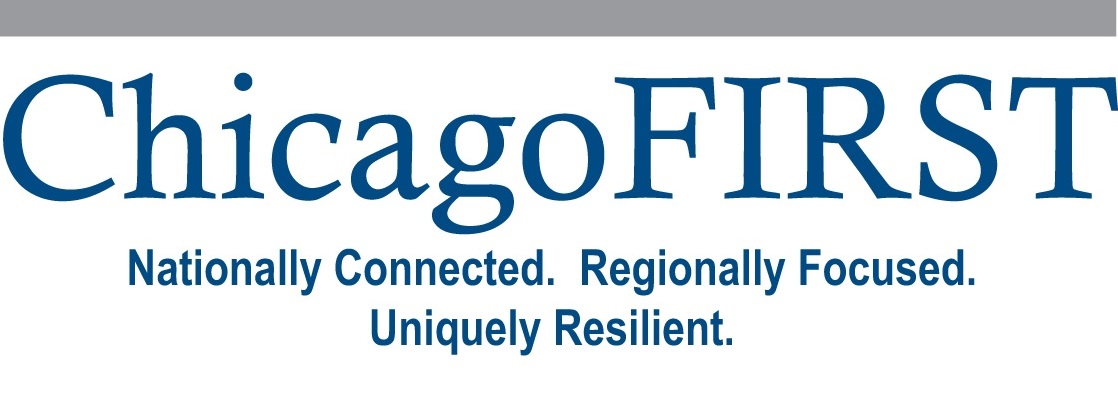National Emergency Communication Programs
Established in 2007 in response to communications challenges faced during the attacks on September 11, 2001 and Hurricane Katrina, the Department of Homeland Security (DHS) Office of Emergency Communications (OEC) supports and promotes communications used by emergency responders and government officials to keep America safe, secure, and resilient. OEC plays a critical role in emergency response efforts by ensuring that its stakeholders—public and private—have the tools needed to communicate during steady state and emergency operations. OEC manages priority telecommunications services programs that support emergency communications and restoration.
For more information, visit the NCS web site.
The Government Emergency Telecommunications Service
The Government Emergency Telecommunications Service (GETS) provides National Security/Emergency Preparedness (NS/EP) personnel a high probability of completing their phone calls when normal calling methods are unsuccessful. It is designed for periods of severe network congestion or disruption, and works through a series of enhancements to the Public Switched Telephone Network (PSTN). GETS is in a constant state of readiness. Users receive a GETS “calling card” to access the service. This card provides access phone numbers, Personal Identification Number (PIN), and simple dialing instructions.
For more information, visit the GETS web site.
Wireless Priority Service
Wireless Priority Service (WPS) is a method of improving connection capabilities for a limited number of authorized national security and emergency preparedness (NS/EP) cell phone users. In the event of congestion in the wireless network, an emergency call using WPS will wait in queue for the next available channel. WPS calls do not preempt calls in progress or deny the general public’s use of the radio spectrum.
For more information, visit the WPS web site.
Telecommunications Service Priority
The Telecommunications Service Priority (TSP) Program provides national security and emergency preparedness (NS/EP) users priority authorization of telecommunications services that are vital to coordinating and responding to crises. Telecommunications services are defined as the transmission, emission, or reception of intelligence of any nature, by wire, cable, satellite, fiber optics, laser, radio visual, or other electronic, electric, electromagnetic, or acoustically coupled means, or any combination thereof.
As a result of hurricanes, floods, earthquakes, and other natural or man-made disasters, telecommunications service vendors may become overwhelmed with requests for new telecommunications services and requirements to restore existing telecommunications services. The TSP Program provides service vendors with a Federal Communications Commission (FCC) mandate for prioritizing service requests by identifying those services critical to NS/EP. A telecommunications service with a TSP assignment is assured of receiving full attention by the service vendor before a non-TSP service.
For more information, visit the TSP web site.
To obtain any of these tools, a firm may be sponsored by its primary federal regulator. A policy on sponsorship has been adopted by the Financial and Banking Information Infrastructure Committee (FBIIC). Read the FBIIC policy.
Answers to more complicated questions are provided in the document, Everything you wanted to Know about . . . GETS . . . But didn’t know who to ask. See tips and hints for additional help with GETS and WPS.






